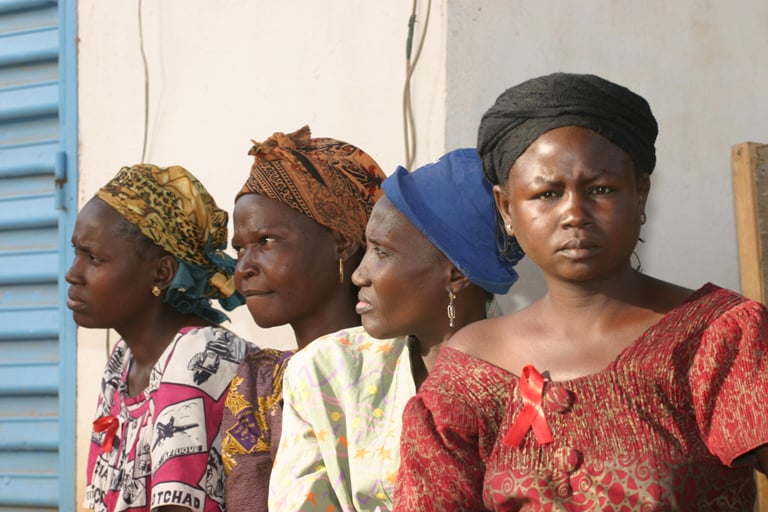Researchers from the Universities of Zimbabwe and Oslo in Norway disseminated data from pregnant women who visited antenatal clinics in Moshi, Tanzania, and in Harare, capital of Zimbabwe, between 2002 and 2004. The women answered questions about their sexual behaviour, medical history and socio-demographic background and were tested for HIV and several other sexually transmitted infections (STIs).
HIV prevalence among the Zimbabwean women was nearly 26 percent against about 7 percent among the Tanzanian women. Risk of infection rose with age for women in both countries up until the 25 to 29 age group, after which it started to decline for the Tanzanian women but continued to rise for the Zimbabweans. The Zimbabwean women also had somewhat higher rates of STIs, but this may have been the result of more of the women being HIV-positive and more susceptible to such infections.
In the Journal of the International AIDS Society, the researchers described the “unexpected phenomenon” revealed by the data gathered on the women’s sexual behaviour. On virtually every indicator, the Tanzanian women reported more risky behaviour from having had a casual sexual partner in the last 12 months to early sexual debut to being in a polygamous relationship. They also reported much higher levels of alcohol consumption, another behaviour that has been linked to increased sexual risk-taking.
The authors can only speculate about the explanation for this “paradox”. Perhaps by the time the survey was done, women in Zimbabwe had lowered their sexual risk-taking in response to an epidemic that had already claimed so many lives; or maybe they under-reported their sexual risk-taking because such behaviours by women are considered socially unacceptable in Zimbabwe.
Numerous studies have failed to provide definitive answers as to why HIV prevalence in sub-Saharan Africa varies so widely, with some countries recording infection rates of less than 2 percent and others recording rates of more than 20 percent.
It has long been assumed that different norms relating to sexual risk-taking from one country to another played an important role, but the recent findings suggest that other factors may be more important. The result has implications for the design of HIV prevention programmes, especially those aimed at sexual behaviour change.
The male partners of the Tanzanian women were much more likely to be circumcised, but the effect of male circumcision was not apparent in the study findings.
One possible explanation for the severity of Zimbabwe’s HIV problem compared with Tanzania’s, write the authors, is the role that non-sexual transmission of HIV may have played in the early years of Zimbabwe’s epidemic. They cite a 1990s study which found a 2.1 percent HIV prevalence among 933 women with no reported sexual experience.
| Read more | |
The theory that large-scale non-sexual transmission of HIV can explain severe epidemics like Zimbabwe’s is “very controversial", admitted Mapingure, but “something we have to bring into the discussion”.
“Most HIV prevention programmes are failing because they focus on sexual behaviour,” he told IRIN/PlusNews over the telephone from Harare. “We need to look at the whole sexualization of HIV.”
ks/mw
This article was produced by IRIN News while it was part of the United Nations Office for the Coordination of Humanitarian Affairs. Please send queries on copyright or liability to the UN. For more information: https://shop.un.org/rights-permissions
